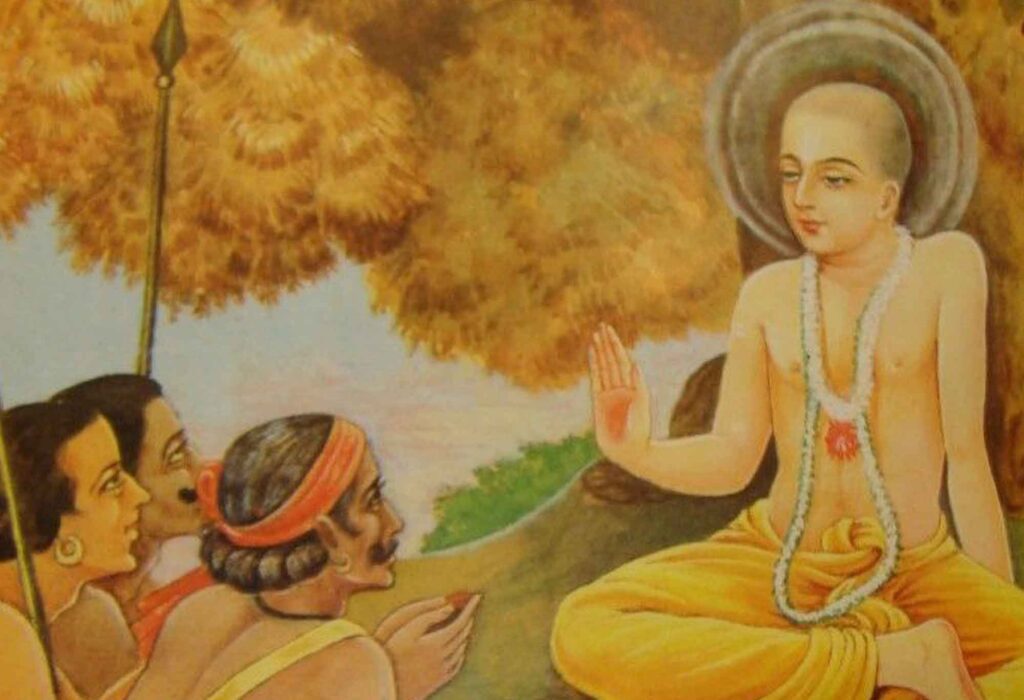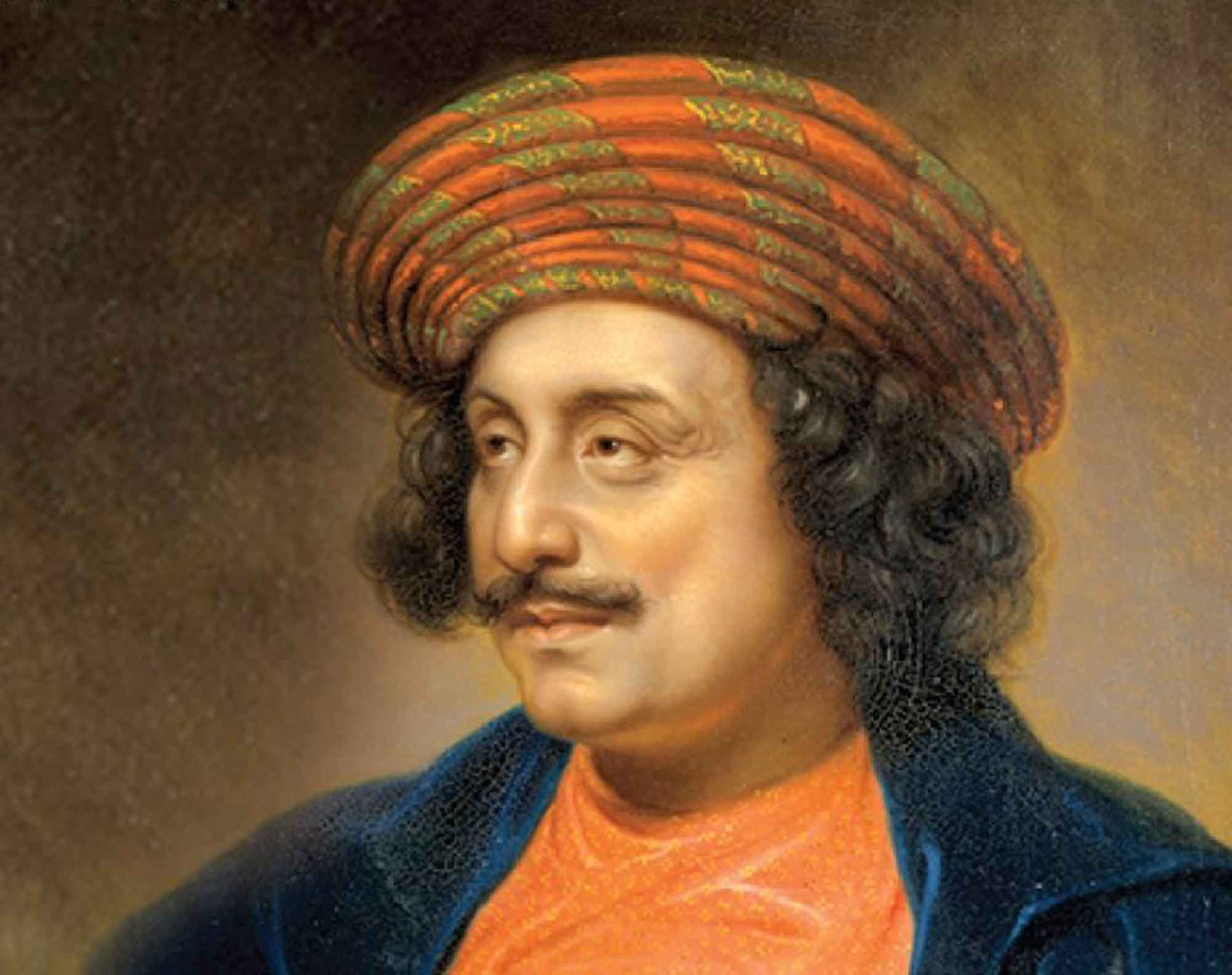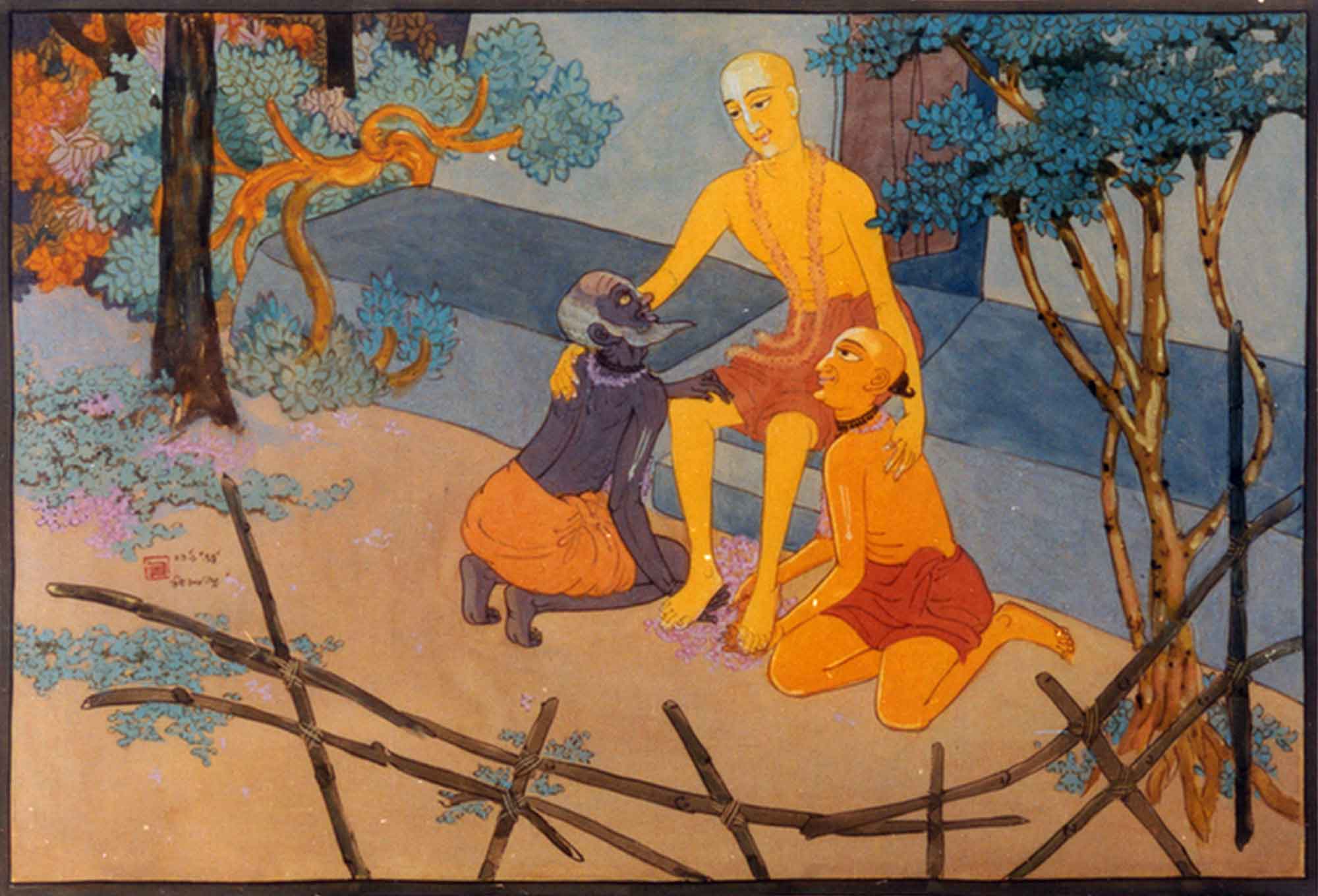Overview
Bāula-matera Vicāra (A Discussion on the Beliefs of the Bāulas) was published in 1892 in Sajjana Toṣaṇī, Vol. 4 Issue 4. A reader had sent five queries in regards to the ideology of the Bāulas (a popular sect of pseudo-Vaiṣṇavas in Bengal) and Bhaktivinoda Ṭhākura replied to these questions in brief. A year later, in 1893, the Ṭhākura wrote his famous Bāula Saṅgīta, a series of 12 songs exposing the debauchery and philosophical deviations of the Bāulas.
(translated by Swami B.V. Giri)
The resident of Kākinīyā, Śrīyuta Rādhikānātha Rāya Mahāśaya has written and sent us the following five questions –
1) Is the present Bāula movement śāstrika and who is its propounder?
2) What is the method of svakīyā and parakīyā sādhana? Who talks about rasāśraya and bhāvāśraya?
3) Did Rāya Rāmānanda, Svarūpa Damodāra, Śrī Rūpa Gosvāmī, Jayadeva, Vidyāpati, Bilvamaṅgala, Mirābāi, Padmāvatī, Lakṣmībāi, Cintāmanī etc. who were all mahājanas, become siddhas (perfected beings) by depending upon the shelter of līlānukaraṇa (imitating the Lord’s pastimes)?
4) If this religion (of the Bāulas) has been introduced based upon a misunderstanding of some sections of the śāstra, then what is the true meaning of those sections?
5) What is your view about the authenticity of Svarūpa Dāmodara and Mirābāi’s kaḍacās (diaries) that describe this spiritual process (proclaimed by the Bāulas)?
At the present time, the form in which the Bāula philosophy is seen is totally opposed to all the śāstra. Vaidhi and rāgānuga are the two types of teachings on bhakti that are seen in the śāstra. The Bāulas do not follow any type of vaidhī-bhakti. Appropriating the concept of rāgānuga-bhakti, they engage in various nefarious activities. In fact, rāgānuga-bhakti is extremely pure. There is no trace of mundanity in it. Bhakti is practised with the rasa and bhāva of the ātmā. Special details of this tattva will be given from time to time in this journal. The evil practices of the Bāulas have been prevalent for a long time. It cannot be said who started this ideology. The Bāulas sometimes claim that Śrī Sanātana Gosvāmī and sometimes Śrī Vīracandra Gosvāmī as their originator. In reality, neither of them ever taught the wicked customs of the Bāulas.
The answer to the second question has not been written for the time being because very soon a much longer article will be published in this magazine based on discussions about svakīyā and parakīyā-tattva.
In response to the third question, we can only conclude that mahājanas such as Rāya Rāmānanda etc. have performed pure rāga-marga bhajana. They did not ascribe to the Bāula philosophy of rasāśraya, bhāvāśraya etc. The Bāulas have fabricated false stories about them and have become offenders to them.
In answer to the fourth question, I can only say that according to the Bāulas, the śāstra is imperfect. Some evil-minded people, who are absorbed with their own senses, have misunderstood some aspects of the śāstra and created imaginary opinions based upon their own pleasure. The Bāulas do not rely on any particular quotations from śāstra, but, if necessary, they establish their own philosophy by taking certain sections from the Caritāmṛta. If those sections are shown to us, then we can deliberate upon their pure meaning.
The answer to the fifth question is that the two kaḍacās sent by Rāya Mahāśaya are very nasty. The Bāulas compose all these kaḍacās and lead weak-hearted foolish men and women astray. We have searched for Svarūpa-Dāmodara’s kaḍacā and found many such fabricated books. They are all fit to be rejected. Indeed, the kaḍacā of Svarūpa-Dāmodara has never been found.
(‘Bāula-matera Vicāra – A Discussion on the Beliefs of the Bāulas’ by Śrīla Bhaktivinoda Ṭhākura was published in 1892 in Sajjana Toṣaṇī, Vol. 4 Issue 4. and translated into English by Swami B.V. Giri)













